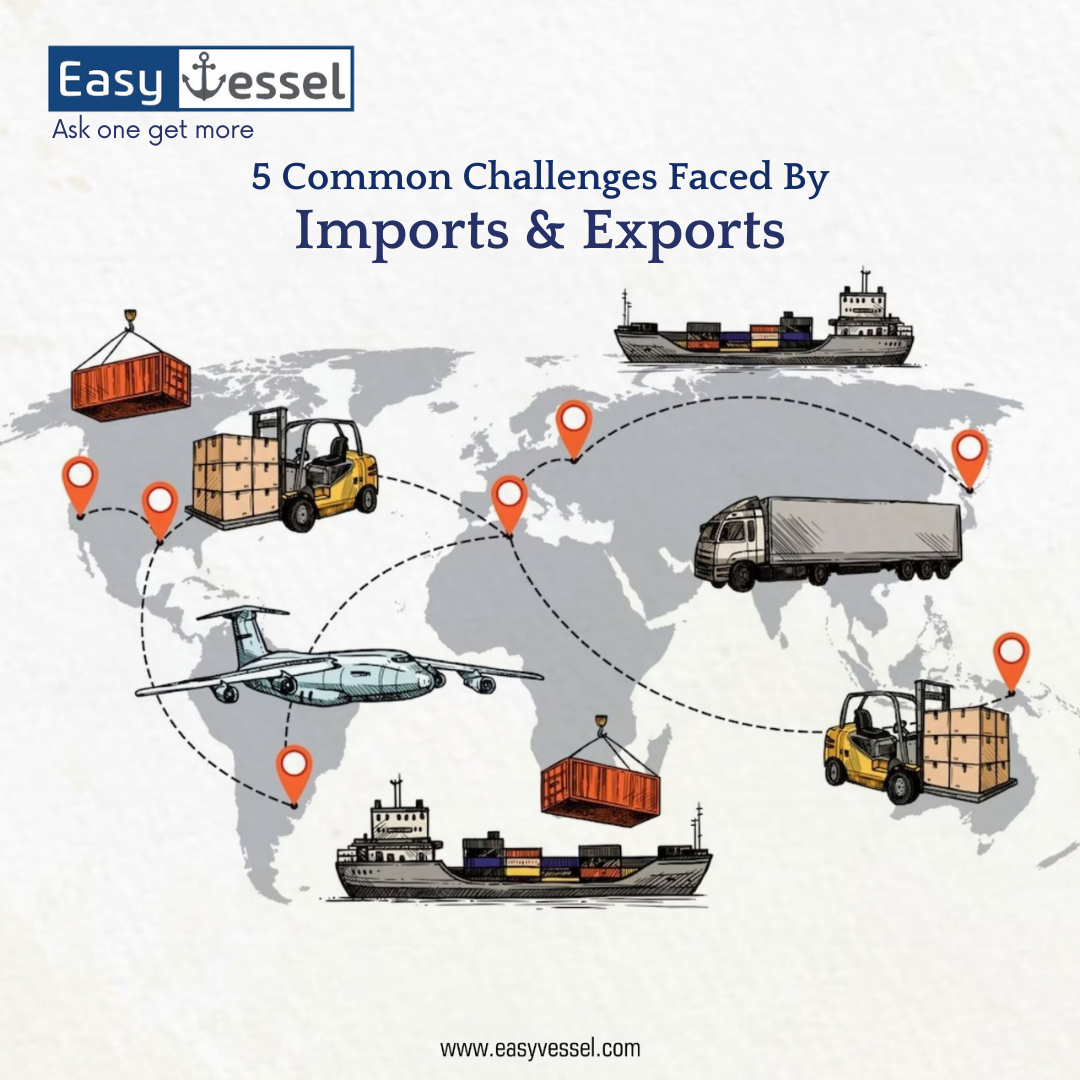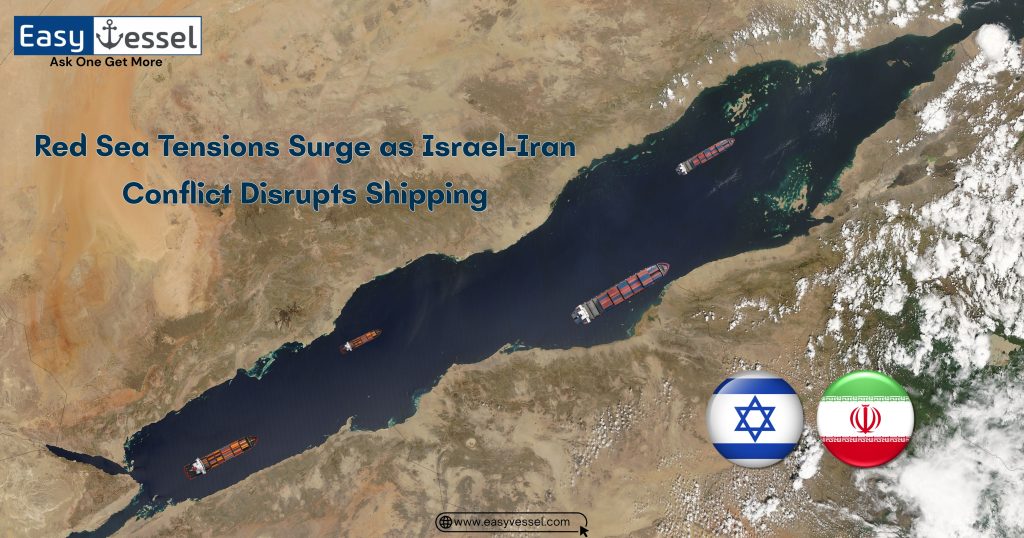Introduction:
- Shipping goods internationally is crucial for import-export businesses looking to expand their reach worldwide.
- However, it can be quite complex and demanding.
- International trade has a profound impact on a country’s economy, and this impact can be observed through various factors, such as exchange rates, inflation, and interest rates.
- When a country imports a lot, it indicates a robust domestic demand and a growing economy.
- On the other hand, high levels of exports create more job opportunities and lead to increased consumer spending.
- Striking a good balance between imports and exports ensures a stable economy.
- Countries import goods they can’t produce or that are cheaper elsewhere, which is called comparative advantage.
- The USA is a significant importing country, with a focus on exporting financial services, technology, and entertainment products.
- In challenges of shipment, exporting enables companies to tap into new markets, increase profits, and enhance their reputation in import-export.
- There are direct and indirect approaches to exporting, both requiring a robust export strategy.
- Globalization and digitalization offer opportunities, but small businesses encounter challenges in international trade.
- SMEs struggle with connecting with foreign partners, understanding regulations, and managing international payments.
5 Challenges of Shipment in Import Export:
Some of the most common import and export challenges of shipment include:
- Customs clearance
- Documentation
- Logistics
- Currency fluctuations
- Political instability
Customs clearance:
Customs clearance is the process of making sure that goods brought into a country follow all the necessary laws and rules. This can be a complicated and time-consuming procedure, particularly for shipments involving many countries.
- Legal Compliance:
Customs clearance ensures that your import and export activities are.
Follow the laws and regulations of both the exporting and importing countries.
This helps avoid any legal problems or penalties.
- Smooth Movement of Goods:
By completing the customs clearance process, your shipments can pass through borders without unnecessary delays, reducing transit times.
- Protection of National Security:
Customs clearance helps prevent illegal or harmful goods from entering or leaving a country, safeguarding national security.
- Revenue Collection:
During customs clearance, governments collect import duties, taxes, and tariffs, which add to the country’s revenue.
Documentation:
The documentation is a part of import and export challenges required for shipments and can be extensive and complex in import and export. This includes documents like bills of lading, customs declarations, and certificates of origin.
- Commercial Invoice:
The commercial invoice is similar to a bill for the goods being shipped.
It provides information about what is being sent, the quantity, and the total value of the goods.
This document is essential for customs clearance and helps calculate the amount of taxes and duties to be paid.
-
- Packing List:
A packing list is a detailed inventory of the shipment, specifying the contents of each package and its quantities.
It assists in verifying the shipment’s accuracy during customs inspections.
-
- Bill of Lading (B/L):
The bill of lading serves as a contract between the shipper and carrier.
It confirms that the goods have been received for shipment and provides important details for tracking the shipment’s progress.
- Certificate of Origin (COO):
The certificate of origin indicates the country where the goods were produced.
This document helps determine if the goods are eligible for preferential trade agreements or if any trade restrictions apply.
-
- Customs Declaration (Customs Entry or Entry Summary):
The customs declaration contains comprehensive information about the goods, including their classification, value, and country of origin.
It’s essential for customs to assess applicable duties and taxes.
- Insurance Certificate:
An insurance certificate provides proof of insurance coverage for the shipment, protecting against potential losses or damages during transit.
- Licenses and Permits:
Certain goods may require specific licenses or permits for import or export, and providing these documents ensures compliance with relevant regulations.
- Transport Documents:
These include various documents based on the mode of transportation, such as air waybills for airfreight or road transport documents for truck shipments.
Logistics:
Shipping goods internationally can be difficult due to factors like distance, time, and cost. Businesses must carefully consider the best way to ship their goods to ensure they arrive on time and in good condition.
Timely Delivery:
Logistic shipment ensures that goods are transported quickly and efficiently from the origin to the destination.
This timely delivery is crucial for meeting customer demands and maintaining a competitive edge in the market.
Cost Efficiency:
Effective logistics help find the best transportation routes, minimize delays, and reduce overall shipping costs.
This cost efficiency contributes to better profit margins for businesses involved in import-export activities.
Smooth Customs Clearance:
Proper logistics management ensures that all necessary documentation and requirements for customs clearance are in order.
This reduces the risk of delays at customs checkpoints and prevents additional costs.
Supply Chain Management:
Logistic shipment is a vital part of the broader supply chain management process.
Efficient logistics ensure a smooth flow of goods, allowing businesses to maintain inventory levels and avoid running out of stock.
Customer Satisfaction:
Reliable logistic shipment leads to faster delivery times and fewer shipping issues, resulting in satisfied customers.
Happy customers are more likely to return for repeat purchases and recommend your business to others.
Compliance with Regulations:
Following proper logistics procedures ensures compliance with import and export regulations and trade laws of different countries.
This helps businesses avoid legal penalties and maintain a positive reputation.
Market Expansion:
With efficient logistics, businesses can confidently enter new markets and expand their reach globally.
This opens up opportunities for growth and increased revenue.
Risk Mitigation:
Well-managed logistics reduce the risks of damages, and losses during transit.
Proper handling and packaging protect the goods throughout their journey.
Currency fluctuations:
Currency fluctuations can affect the profitability of import-export shipments. If the currency of the country where the goods are being imported becomes less valuable, the cost of the goods will increase.
This can make it difficult for businesses to maintain their profit margins.
Impact on Costs:
When the value of the importing or exporting country’s currency changes, it can directly affect the costs of goods.
A stronger importing currency may make imports cheaper, while a weaker currency may increase import costs.
Pricing and Profitability:
Currency variation can also impact the pricing of goods.
Exporters may adjust their prices based on the exchange rate to remain competitive in foreign markets and maintain profitability.
Payment Uncertainty:
Currency fluctuations create uncertainty in international transactions.
If the exchange rate changes between the time of order and payment, the final amount paid may differ, affecting cash flow for both parties.
Risk Management:
Businesses engaged in import-export can employ various strategies like hedging or forward contracts to effectively manage currency risk and safeguard themselves from adverse exchange rate movements.
Market Volatility:
Currency fluctuations can lead to market volatility, affecting the overall demand and supply of goods in the international market.
Economic Conditions:
Exchange rate movements can be influenced by various economic factors like interest rates, inflation, and trade balances, which impact import and export challenges.
Long-Term Contracts:
For long-term import-export contracts, currency fluctuations may have a significant impact on the overall profitability and viability of the deal.
Currency Conversion Costs:
Converting currencies for payments can incur additional transaction costs, which need to be considered in the overall import-export process.
Political instability:
-
- Political instability in a country can disrupt trade and make it difficult to import-export goods.
- If there is a coup or civil war, for example, borders may be closed and transportation networks may be disrupted.
- This can make it impossible to ship goods to or from the country.
Conclusion:
Shipping goods internationally is essential for expanding businesses globally, but it can be complex with challenges of shipment like customs clearance, documentation, logistics, currency fluctuations, and political instability.
Understanding currency impact and efficient logistics are vital for successful operations for import and export challenges, ensuring profits and competitiveness in global trade.
Easyvessel connects you with reliable service providers for shipping needs.
Sign up for access to trusted providers, simplifying the process and ensuring peace of mind.
Save time and work with professionals through Easyvessel.
References:
- Environmental effects of shipping By Wikipedia [1].
FAQ’s:
Here are 10 challenges of shipment includes:
Customs clearance
Documentation requirements
Logistics and transportation
Currency fluctuations
Cultural and language barriers
Finding reliable foreign partners
Adapting to foreign market regulations
Competing with local businesses
Managing international payments and currency conversions
Understanding trade barriers and tariffs.
The most common opportunities for importing and exporting include new markets, increased sales, cost savings, time savings, and risk mitigation.
There are a number of ways to overcome the challenges of importing and exporting. These include working with a freight forwarder, using a customs broker, obtaining insurance, and carefully planning the logistics of the shipment.




